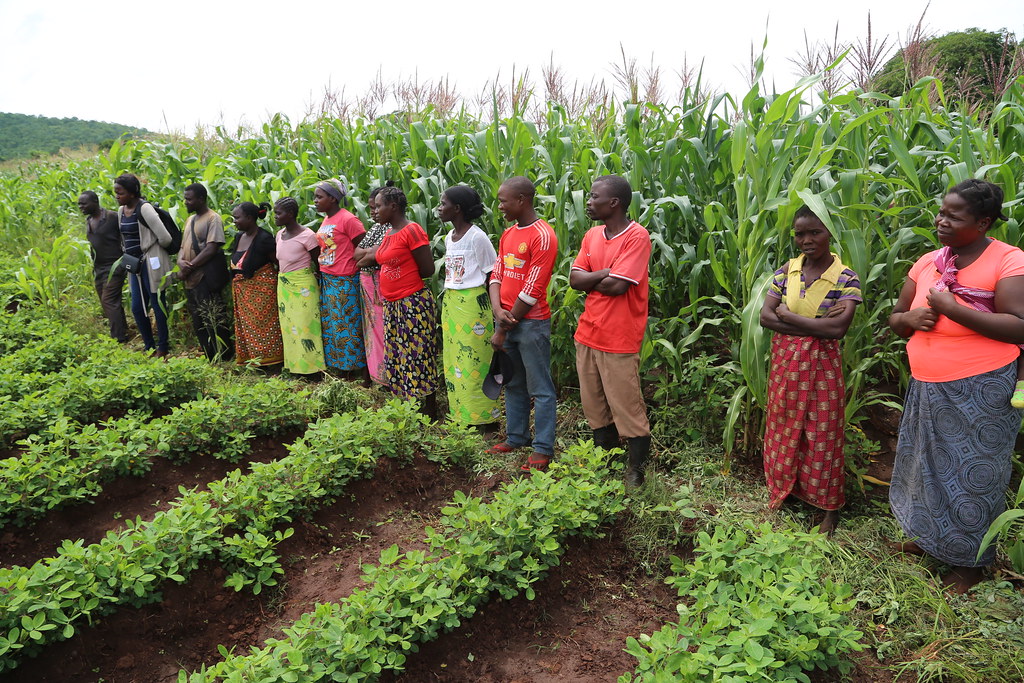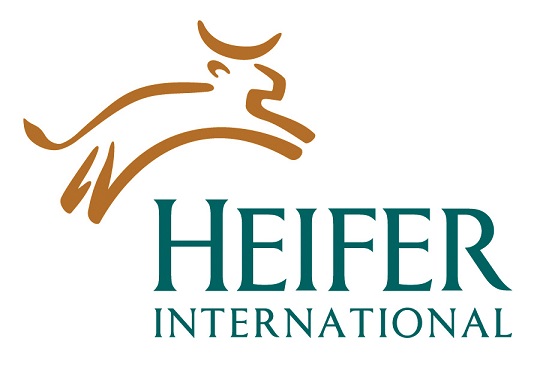
By George Munene
By collecting in groups to purchase animal feed in bulk directly from producers small-scale farmers can enjoy up to 20 per cent in discounts.
“Large-volume buying cuts out the producer, distributor to stockist chain. By purchasing directly from feed makers farmers enjoy volume discounts as is the case with large-holder farmers we deal with,” explained Harrison Juma, the general manager of fish feed maker Tunga Nutrition.
Feed costs account for 50-70 percent of livestock production costs, with prices having more than doubled in the last two years, farmers are looking at all available measures that can reduce operating costs.
Besides discount prices, dealing with a collective of farmers also makes it easier for agriculture input manufacturers, i.e, feeds, pesticides, fertilisers makers to offer technical support and reduce the cost in logistics of reaching every individual farmer.
Related News: Experts advise farmers to form groups for certification of organic exports
Related News: Farmer groups help dairy goat farmers realise fortunes
In studies, smallholder African farmers organised in groups were found to practice more modernised farming and have improved incomes.
Group members were found to be more likely to use fertilisers which meant they produced higher yields.
They are also better informed on the best and latest farming practices as they make it easier for government, NGOs, and other rural development agencies to reach and support more people at the same time. This is easier than working with individual farming households.
Write comment (0 Comments)
















